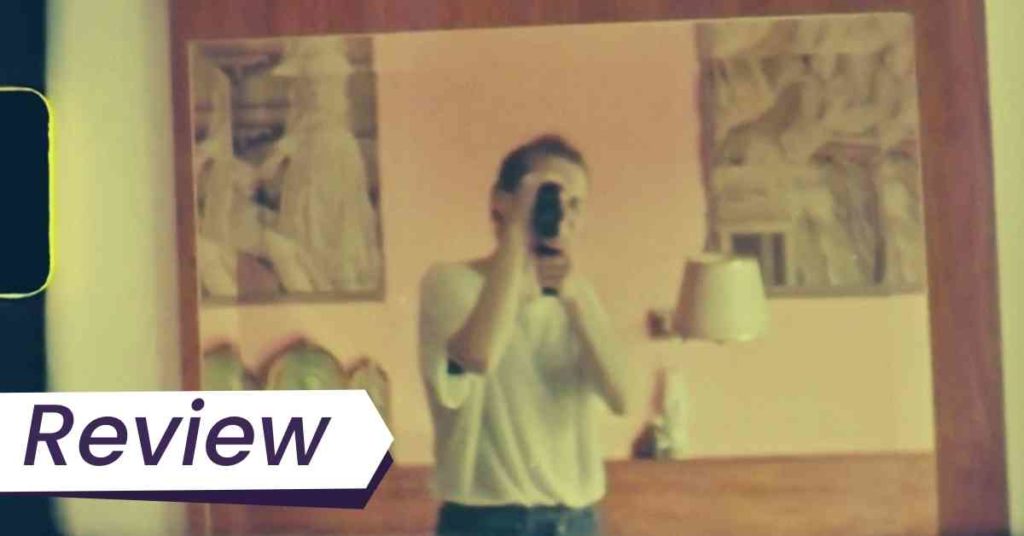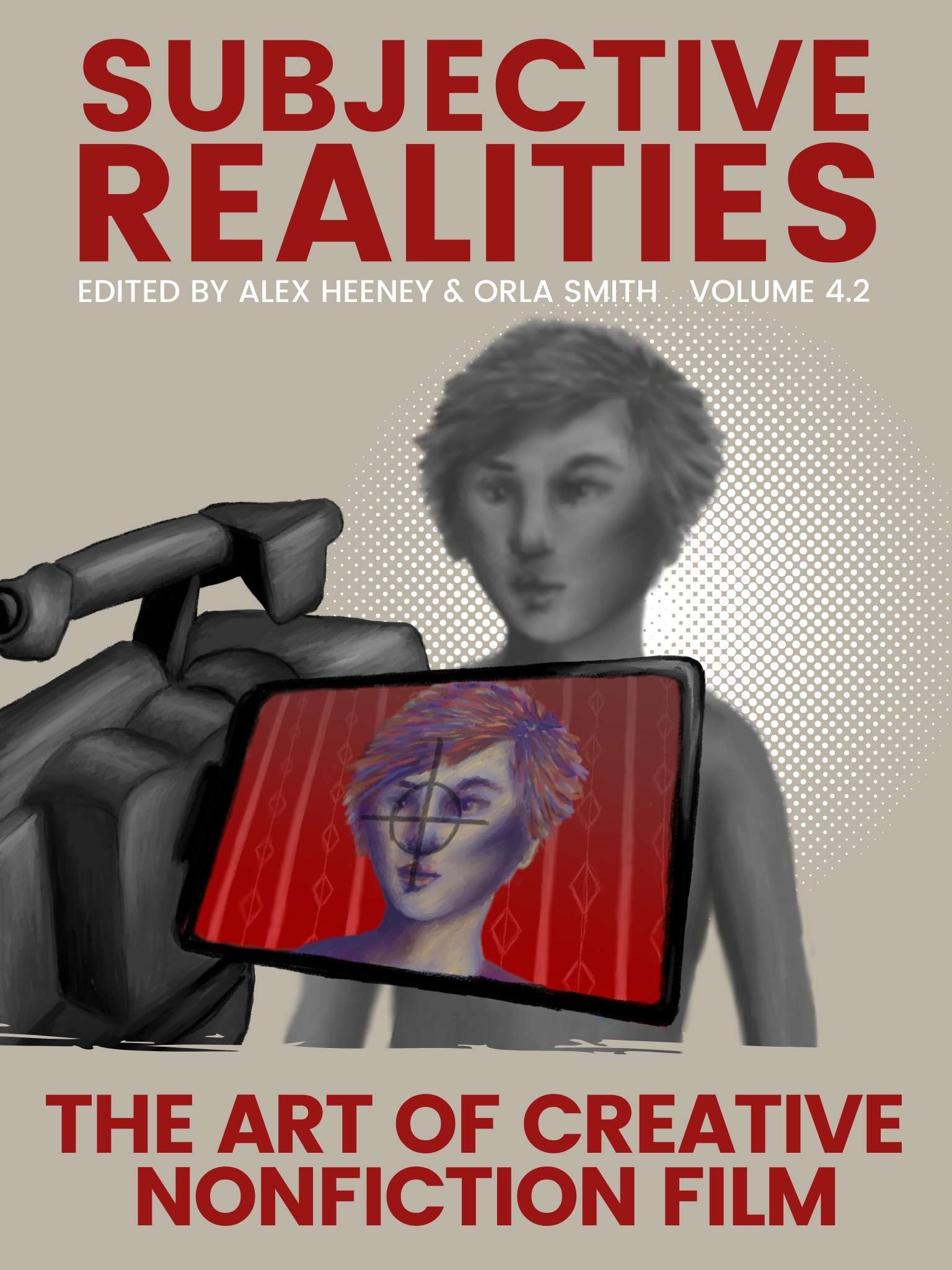Carla Simón’s and Dominga Sotomayor Castillo’s shortform collaboration, Correspondencia (Correspondences), is a thrillingly urgent series of video letters. Read our review of Simón’s Summer 1993.

Given how fast the modern world moves, cinema often feels frustratingly behind the times. It’s one of the least urgent artforms because it takes so long to finance, produce, and release, with so many hoops to jump through along the way. The impact of a political or cultural event will be felt far sooner in art, photography, music, and even literature than it will in cinema.
Carla Simón’s and Dominga Sotomayor Castillo’s collaboration, Correspondencia (Correspondences), is so thrilling because it defies these perceived limitations of film. While it’s not a “quarantine film” — it was shot in late 2019 — its spirit feels akin to the films we’re seeing emerge as a response to the coronavirus pandemic: films made quickly and cheaply with resources available at home. Take Netflix’s series of quarantine films, Homemade, as an example, or Sophy Romvari and Mike Thorn’s short film, Some Kind of Connection. Correspondencia is just as homemade.
The film is a series of video “letters” between Simón and Sotomayor, who reside in Spain and Chile respectively. Over the course of 19 minutes, we see four letters sent between Simón and Sotomayor, each composed of new footage, archival footage, voiceover, and written text. “Dear Dominga. My grandmother died three months ago,” Simón’s first letter begins, the words written on screen with no accompanying voiceover. “We’re cleaning out her apartment.” We hear snippets of conversations and see grainy snapshots of details in the apartment, like clothes poking out of a wardrobe or a desk cluttered with plants and ornaments. She asks questions and leaves them hanging for us, the audience, and Sotomayor, her correspondent, to ponder: “Who will worry about me? Who will tell me about my mother?” More generally, she asks how we cope with a sudden absence in our lives. Simón concludes: “Now, my family is just two generations. There are no more grandmothers to learn from. There are no children yet to teach. Maybe we’ll have to make some?”
Correspondencia is a patient and considered dialogue between artists, in which two women take their time, alone, to consider what the other has shown them, and to respond with a thoughtful piece of art. The letters prompt Sotomayor and Simón to look within themselves and share parts of themselves with each other. Sotomayor’s letter in response to Simón’s opener shows us Sotomayor reckoning with the place her still-living grandmother holds in her own life, something she may not have considered if it weren’t for Simón’s video. She presents clips of a film her grandparents made when they were young, intercut with a shot-by-shot recreation of the same film that Sotomayor made decades later.
The next stage of their correspondence begins with Simón continuing to build on the ideas explored in the first letters — until Sotomayor’s final letter takes an unexpected turn. Simón writes, “Dear Dominga. I was deeply moved by the images of your mother, your grandmother, and your grandfather. It made me want to show you the only images I have of my biological mother.” Next, there’s a silent clip of a woman, Simón’s biological mother, lying drowsily in bed, looking into the camera. Simón presents this clip with little verbal commentary on its personal significance, but we sense, in how she lingers on the image of her mother, that this piece of film means a lot to her, and that Sotomayor’s art has made her want to reveal more of herself to Sotomayor.
The film then shifts from this reflective tone and archival footage to end with Sotomayor’s final letter, which details the current uprising in Chile that Sotomayor has been living through since her last letter. It’s a startling account of how such world-shaking events impact the artists living through them; Simón still has the luxury to reflect on her past, present, and future through cinema while Sotomayor lives second by second, bringing her camera to the streets to capture fresh horrors as they happen. Her previous letter feels so far away, even though it’s little over a month old: in that letter, she included footage of her mother speaking in hopeful terms about the country’s political future, whereas here, she includes first-person footage of the violent revolution and speaks of the brutal murder of protestors. We see Sotomayor’s perspective transform as her shooting style changes from the artful, romantic black-and-white film stock of the first letter into something more akin to the urgency of live news footage.
Correspondencia changes as quickly as the times change — and as evidenced by our current devastating news cycle, that’s very quick indeed. Most of the time, our insight into how one piece of art influences or inspires another person is through reviews written a year after the film was shot, or interviews where a filmmaker cites whatever decades-old film inspired their latest work. Correspondencia creates a rare dialogue between two filmmakers and allows us to see how they shape each other’s work, as if in real time. It’s a chronicle of the power of art to inspire art, and to facilitate an urgent, timely conversation.
READ: Summer 1993 (Carla Simón) captures how children process grief >>


